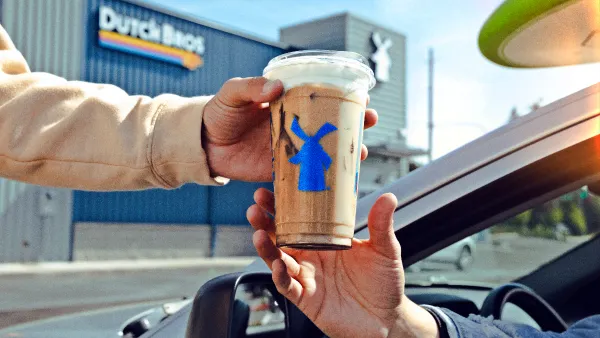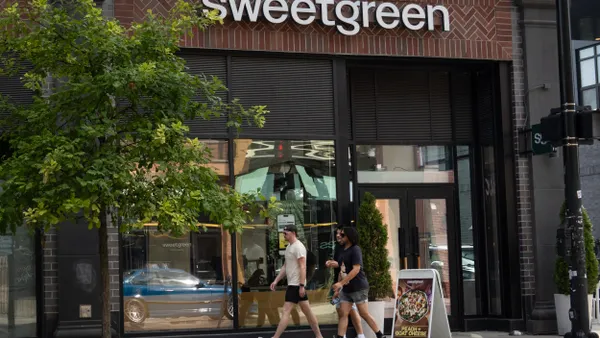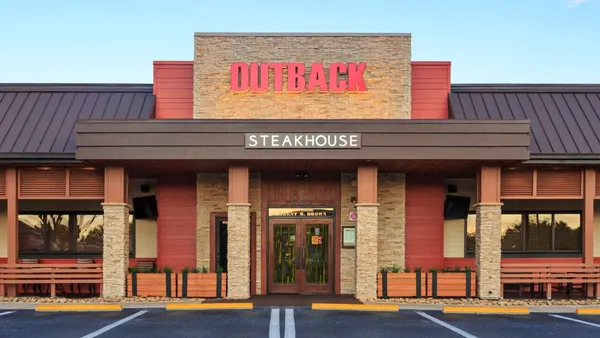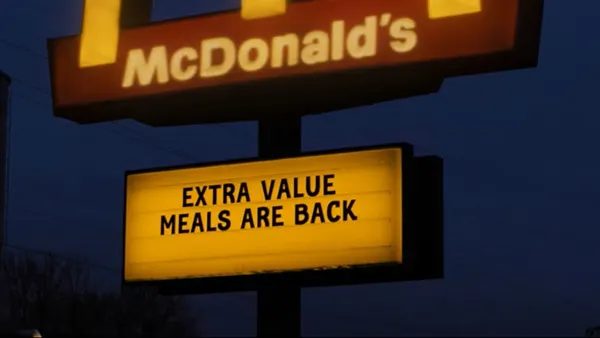Dive Brief:
- A new study by market research firm Zion & Zion has found that 62% of consumers who receive a bad food delivery experience often blame both the restaurant and the delivery company. The firm calls this phenomenon “co-blame.”
- The highest level of co-blaming (nearly 72% percent) occurs when food is delivered at the wrong temperature. Co-blaming also differs across generations. Millennials co-blame more than non-millennials at low (66.9% vs 54.6%) and moderate (46.5% vs 40.7%) thresholds.
- This report comes as delivery competition continues to intensify. Earlier this month, DoorDash surpassed Grubhub with the largest market share of consumer spend, and Uber Eats is close behind.
Dive Insight:
The study from Zion & Zion shows that delivery companies are perhaps starting to gain more brand recognition. Such traction makes sense considering many aggregates are focused more on marketing investments as of late.
As delivery continues to grow — and the trajectory isn’t expected to slow down anytime soon — it's clear there are a lot of kinks left to work out. The biggest among them are the questions of who owns the customer data, what is a reasonable level to charge both customers and operators for these services and, now especially, who is responsible for reputational issues should they come up?
This study be surprising for restaurant brands. Prior research has shown that foodservice establishments have taken the brunt of the blame for bad delivery experiences. But if the driver is rude, the speed of service is irrationally slow, or if the food is presented a mess, does that really reflect poorly on the restaurant? This new research suggests that restaurants aren't the sole recipient of diner ire when these issues arise.
Still, as the report points out, the two entities at this point need each other, and product and service failures frequently hurt them both regardless of who is actually at fault. That said, the research underscores the urgent need for restaurant companies to develop a symbiotic relationship with their delivery partner. This could mean integrating training and policies into their contracts to ensure strict, consistent brand standards are met. Because the biggest diner grievance is bad food temperature, restaurants could also work with their delivery partners to co-invest and develop better packaging and insulation for transportation.
These findings could pose a particular challenge to restaurants that are using more than one aggregate company to take care of their delivery business. Currently, there many such companies — including Subway and Checkers. As the entire restaurant industry tries to figure out how to best integrate this swiftly growing channel, securing positive brand reputation should be a top priority.











